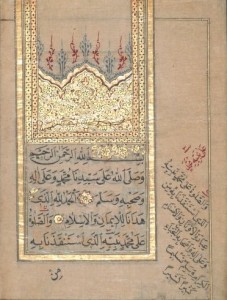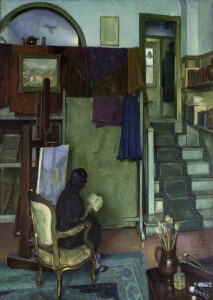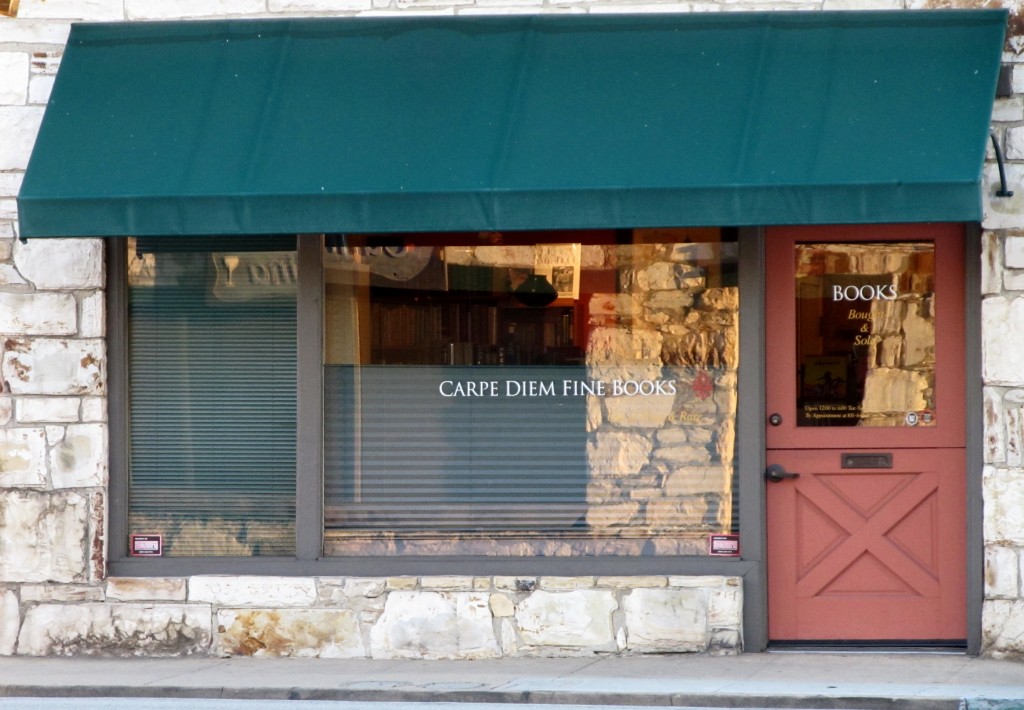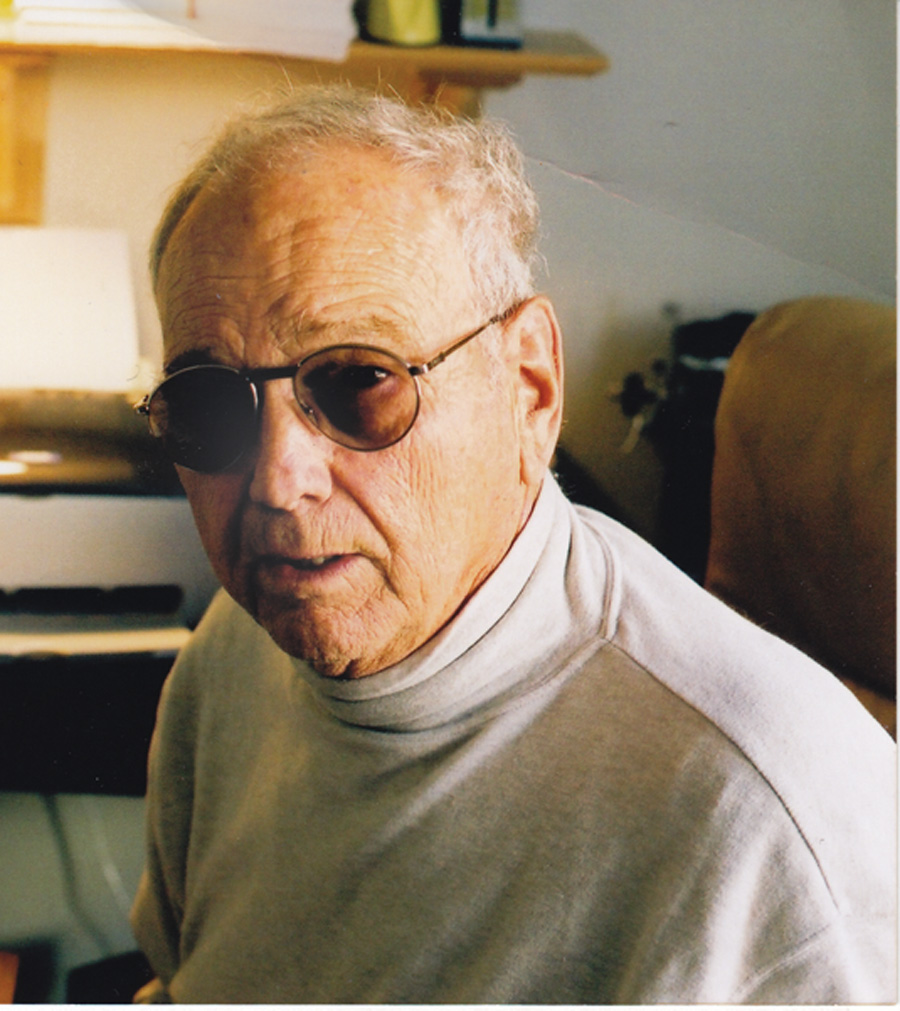John Steinbeck’s letter to Marilyn Monroe: was it a fraud?!?
Monday, June 21st, 2021
More than two years ago, we wrote of Nobel prizewinning author John Steinbeck‘s 1955 letter to Marilyn Monroe, which sold for more than $3520 at a 2016 auction. In it, the esteemed author begged for a favor from the film goddess: Would she please send a “pensive, girlish” photo to his starstruck nephew, and sign it in her actual handwriting? Said the author of Grapes of Wrath: “He has his foot in the door of puberty, but that is only one of his problems. You are the other.” In fact, he told the blonde bombshell that Steinbeck own stock with his nephew skyrocketed when he learned Steinbeck had met her. Then the writer beseeched Monroe: “He is already your slave. This would make him mine.”
Did it happen? This month, Snopes ruled that it did. But was the famous rumor-smashing organization itself under the sway of star-power when it made the crucial decision? It’s the stuff of which award-winning investigative reporting is made. The Oregonian put its best man on the story, and wine writer Michael Alberty snatched the opportunity, although he admitted his more usual work was “non-wrathful grapes.” (Alberty also gives a thoughtful nod to the Book Haven: “Even esteemed literary critic Cynthia L. Haven wrote on her ‘The Book Haven’ blog, ‘Did she send the photo to the lovestruck boy, Jon Atkinson? We’ll never know, but she valued it enough to keep it till her dying day.’”)

There was nothing for it but to track down nephew the smitten Atkinson, now a retired minister, to his Tuscaloosa, Alabama, where he lives quietly with his wife. Quiet … until now. The elderly couple first heard about the fabled letter only a few weeks ago. One thing is certain: Atkinson never got the letter. And the signature doesn’t look like Steinbeck’s, anyway, said his wife.
From the article:
“Joan Atkinson points out that Steinbeck almost exclusively wrote his letters in longhand with a pencil. ‘I could not imagine that John Steinbeck would have had a typist or secretary from the office sign a letter like that for him. As personal as this subject was, it seems strange,’ she said.
“Did Steinbeck write the letter for an assistant to type? All we can say with any degree of confidence is the letter was in Marilyn Monroe’s possession. Unless the typist ‘mf’ can be located, this piece of the mystery may never be solved.
“We do know young Jon Atkinson never received a photograph inscribed with a personal message from Marilyn Monroe. ‘That sure would have been nice, right?’ Atkinson said.
Read the whole story here. The famous letter is below.
Postscript on June 23: Wine writer-cum-detective Michael Alberty wrote to us following Monday’s post. Here’s what he had to say:
Thank you for the kind words in your recent blog post. My email has been blowing up, and I think a good deal of that has to do with you.
Tracking Jon and Joan Atkinson down was a lot of fun. To be able to chat with two people who had personal experiences with the Steinbecks was both surreal and an honor. Unfortunately, I had to leave out so many weird and wonderful things that I feel like I need to write a magazine article.
For now, it is back to wine.
















